10 Year Treasury reaches 5%, an alarm for risky assets
The 10-year Treasury bond yield is widely recognized as the benchmark for the global cost of capital and a measure of risk-free returns. Consequently, the disparity between the earnings yield of the S&P 500 index and the yield on the 10-year Treasury bond represents the risk premium associated with stocks.

Stock risk represents the degree to which stocks are perceived as an appealing investment in comparison to other asset classes. In the present circumstances, stock risk has plummeted to near-zero levels, signifying that stockholders are not being rewarded for assuming additional risk. This situation has created significant pressure within the stock market.
The current level of risk is at its lowest point in the past two decades. This decline in risk can be attributed to various factors, including the rise in the dollar index. However, this situation carries substantial implications, particularly for economically disadvantaged countries. It makes it increasingly challenging and costly for these nations to service and repay their debts.
The convergence of these factors, with stock risk hitting historic lows and the strengthening of the dollar, underscores the complex dynamics impacting both global financial markets and the economic well-being of nations with high debt burdens.
This phenomenon demands careful monitoring and analysis as it can have ripple effects throughout the financial world and international debt markets.
The yield curve is the difference between the yields of ten-year and two-year bonds; In normal economic conditions, naturally, the yield of ten-year bonds should be higher than the yield of two-year bonds.
Inversion means that the yield of two-year bonds is higher than the yield of ten-year bonds; Since the 1970s, whenever there has been an inversion of the yield curve, we have seen a recession in the coming months.
Due to the existence of inflation and the increase in yield of bonds due to the increase in interest rates, it is not possible to get a definite recession signal from the current inversion and more data needs to be examined.
A recession is a period of economic decline characterized by a decrease in economic activity, rising unemployment rates, and reduced consumer spending. During a recession, the concept of the “Dollar smile” refers to a graphical representation of the U.S. dollar’s exchange rate. It illustrates that the dollar tends to strengthen during both economic downturns and periods of strong economic growth, forming a smile-like shape on a chart. This phenomenon suggests that investors often seek the safety of the U.S. dollar as a global reserve currency during times of uncertainty, making it a preferred asset in their portfolios.
The risk of recession is closer than ever
A sharp inversion of the yield curve and the possibility of recession

The yield curve is the difference between the yields of ten-year and two-year bonds; In normal economic conditions, naturally, the yield of ten-year bonds should be higher than the yield of two-year bonds.
Inversion means that the yield of two-year bonds is higher than the yield of ten-year bonds; Since the 1970s, whenever there has been an inversion of the yield curve, we have seen a recession in the coming months.
Due to the existence of inflation and the increase in yield of bonds due to the increase in interest rates, it is not possible to get a definite recession signal from the current inversion and more data needs to be examined.
🇺🇸 🇪🇺 🇬🇧 🇨🇦 🇯🇵 🇨🇭 🇦🇹 🇳🇿


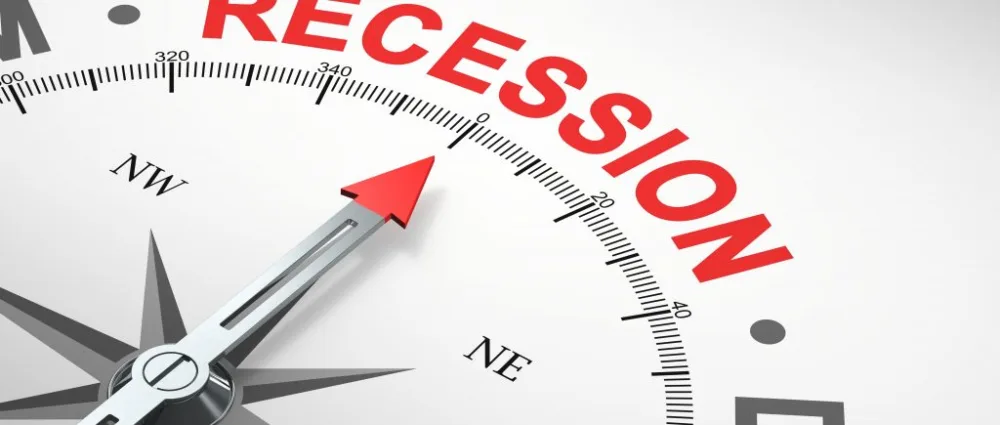


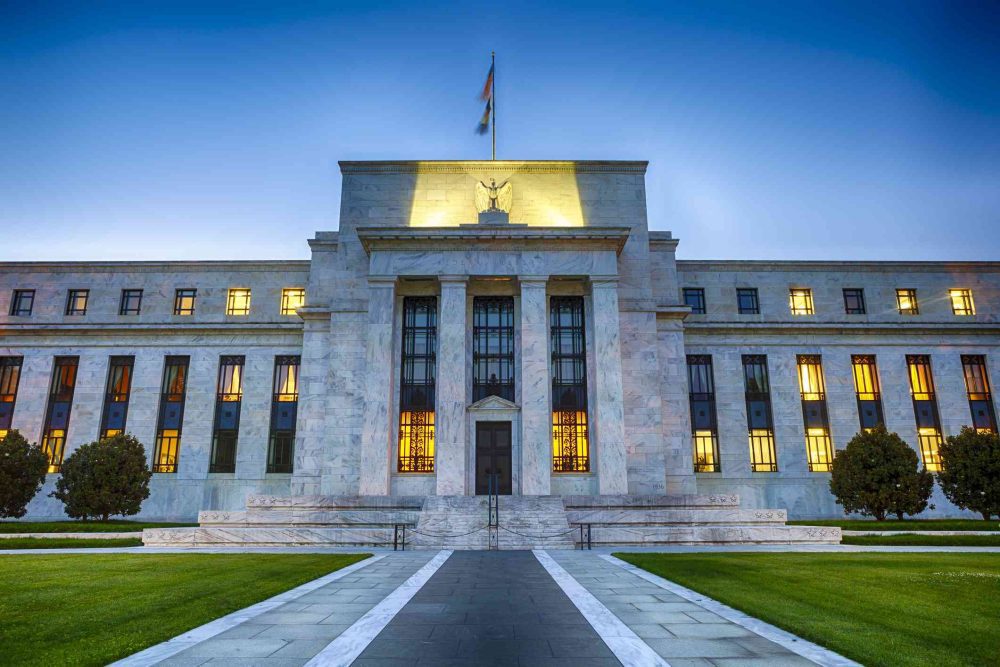
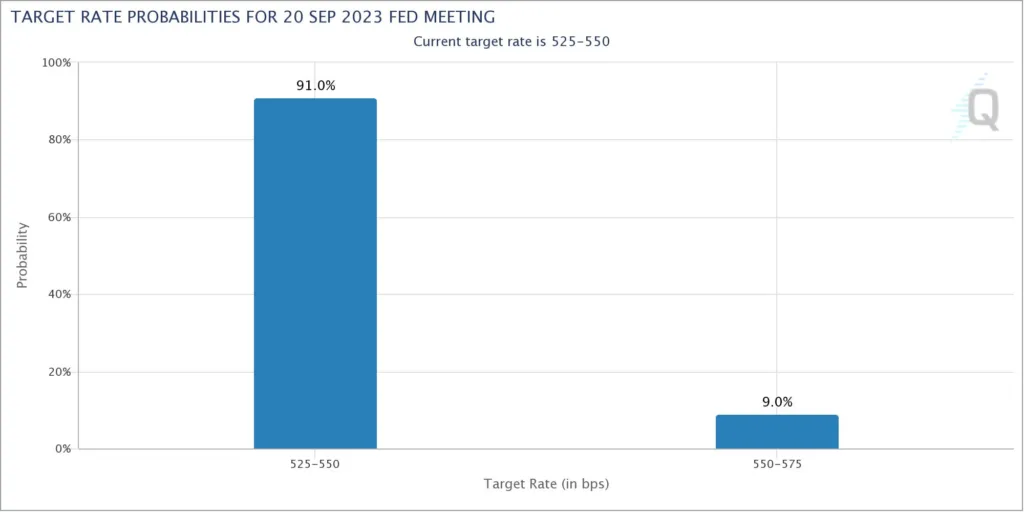
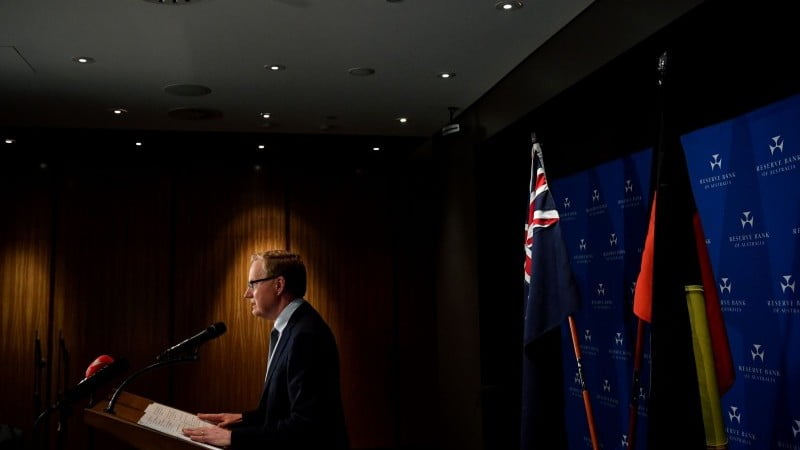
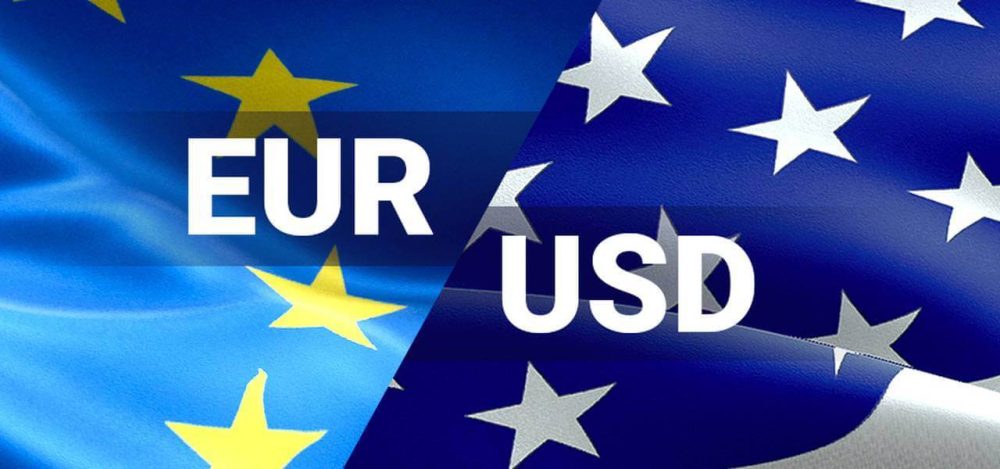

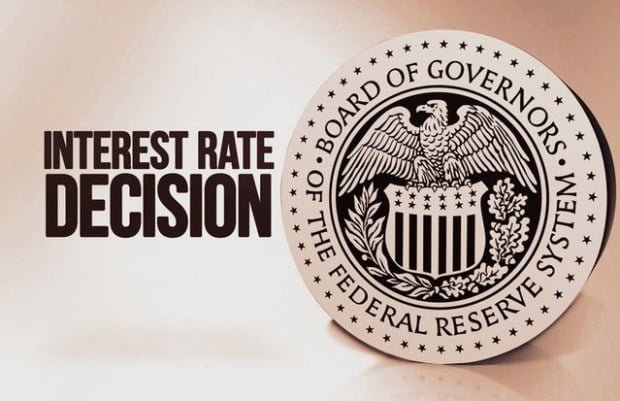
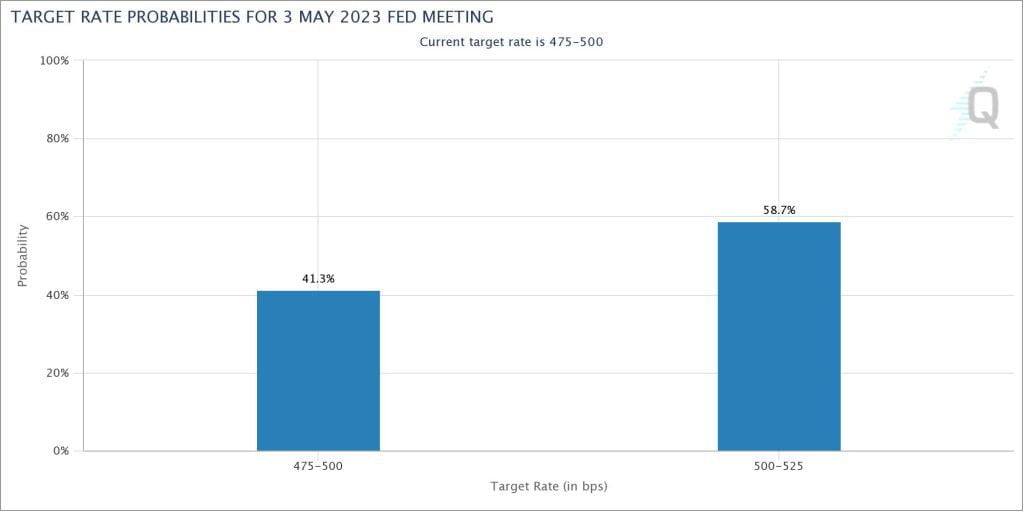
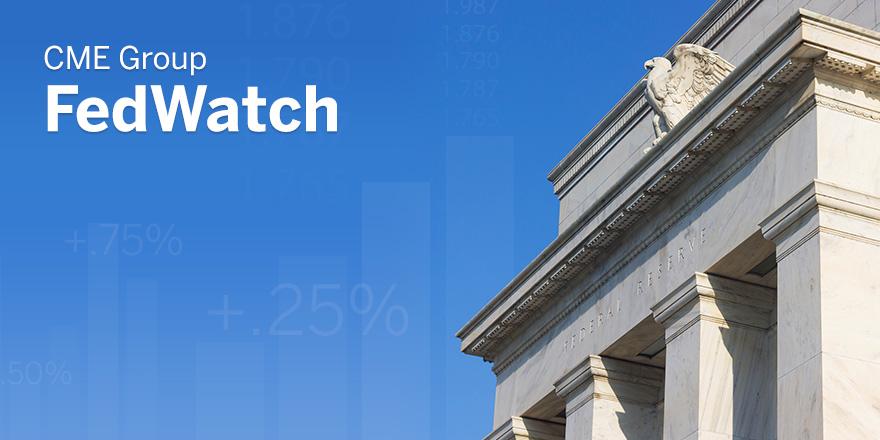
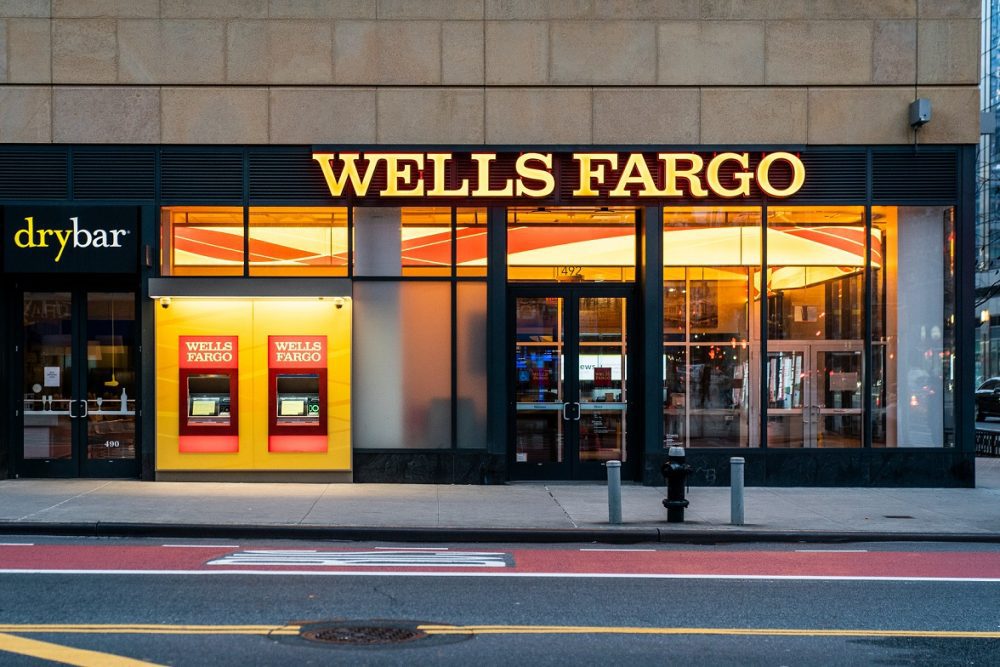
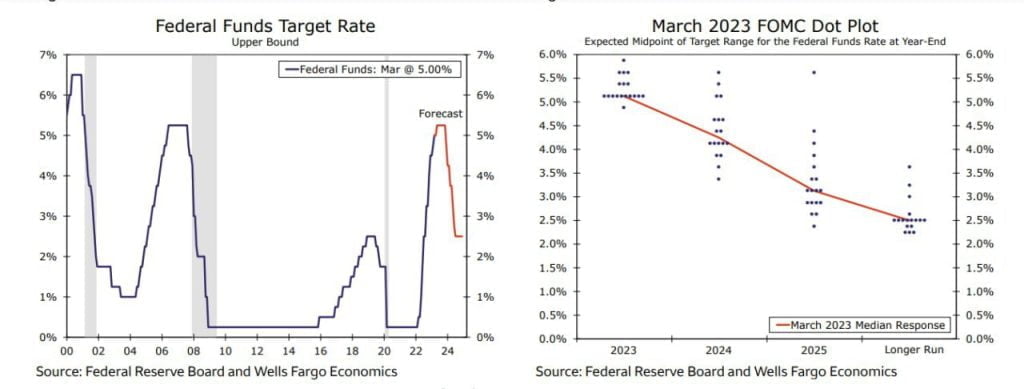
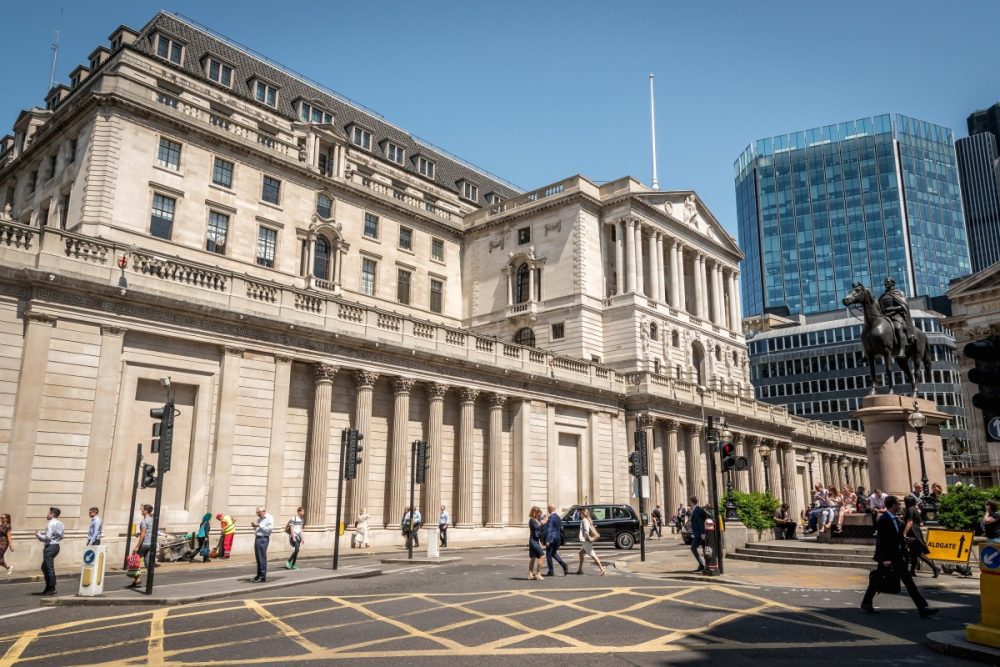
Leave a Reply
You must be logged in to post a comment.